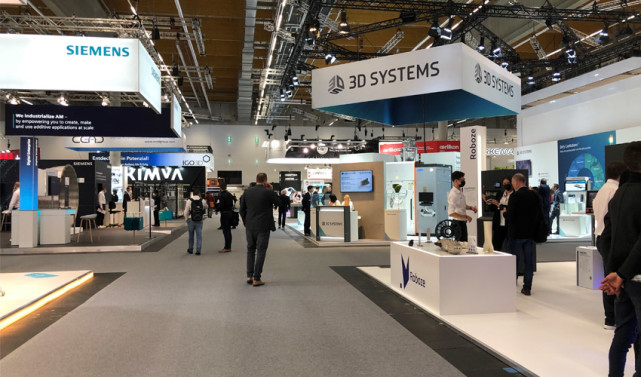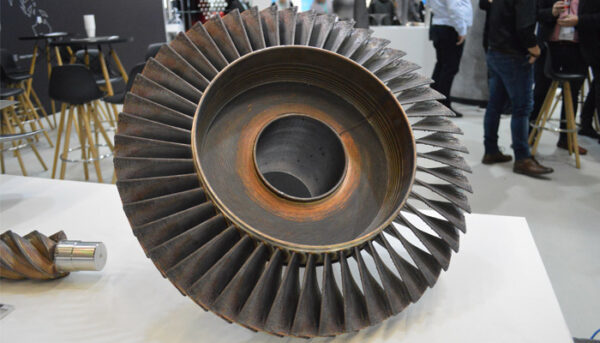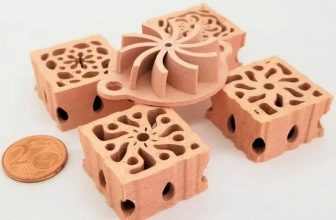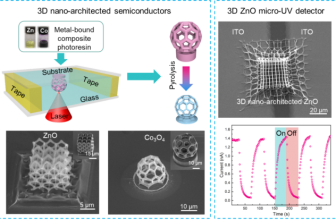
The 4-day 3D printing exhibition Formnext 2021 ended last Friday. A total of more than 600 manufacturers from 35 countries participated in the exhibition and received approximately 17,800 visitors from 76 countries.
Affected by the new crown epidemic, the number of exhibitors and visitors has decreased compared with before.
However, as one of the largest 3D printing exhibitions this year, Formnext 2021 still gave a lot of positive signals and also revealed several trends in the development of 3D printing.

large equipment
In this year’s Formnext 2021, the number of large-scale 3D printers far exceeds previous sessions.
And 3D printers of plastic materials, composite materials and metal materials all show such a trend.
The advantage of large-scale 3D printers is that they can build larger parts and expand the application of 3D printing.
For a long time, 3D printing service providers often encounter parts that require 3D printing that exceeds the build size of the equipment.
At this time, the parts are often divided into several parts by means of disassembly, and then assembled together after printing out.
It not only affects efficiency, but also affects the performance of parts. And not all parts can be disassembled.
automation
More automation of 3D printers is also one of the trends reflected in this year’s Formnext 2021.
This kind of automation has already begun at the software level, and can be automatically optimized according to the 3D printer used, and functions such as one-key printing can be realized.
In terms of hardware, more module functions are also integrated. For example, a combination of different modules such as 3D printing + CNC processing, 3D printing + post-processing. Simply put, it is to reduce the user’s operation difficulty.
Material diversity
Material has always been a very important element for 3D printing. Over the years, the research on 3D printing materials has never stopped.
There are two main research directions. One is to improve the materials that can be used in traditional processes so that they can be used in 3D printing (the materials that can be used in 3D printing are still much less than those in traditional processes).
The other is to develop a variety of high-performance hybrid materials based on the 3D printing process.
From the perspective of Formnext 2021, the current research and development of new materials is in a period of steady and rapid development, and many new materials have appeared.

sustainable development
Environmental protection at this year’s Formnext 2021 is also a theme that many manufacturers are advocating.
For example, materials made from recycled plastics. There are also 3D printers that support recycled materials. And some new materials also support recycling.





